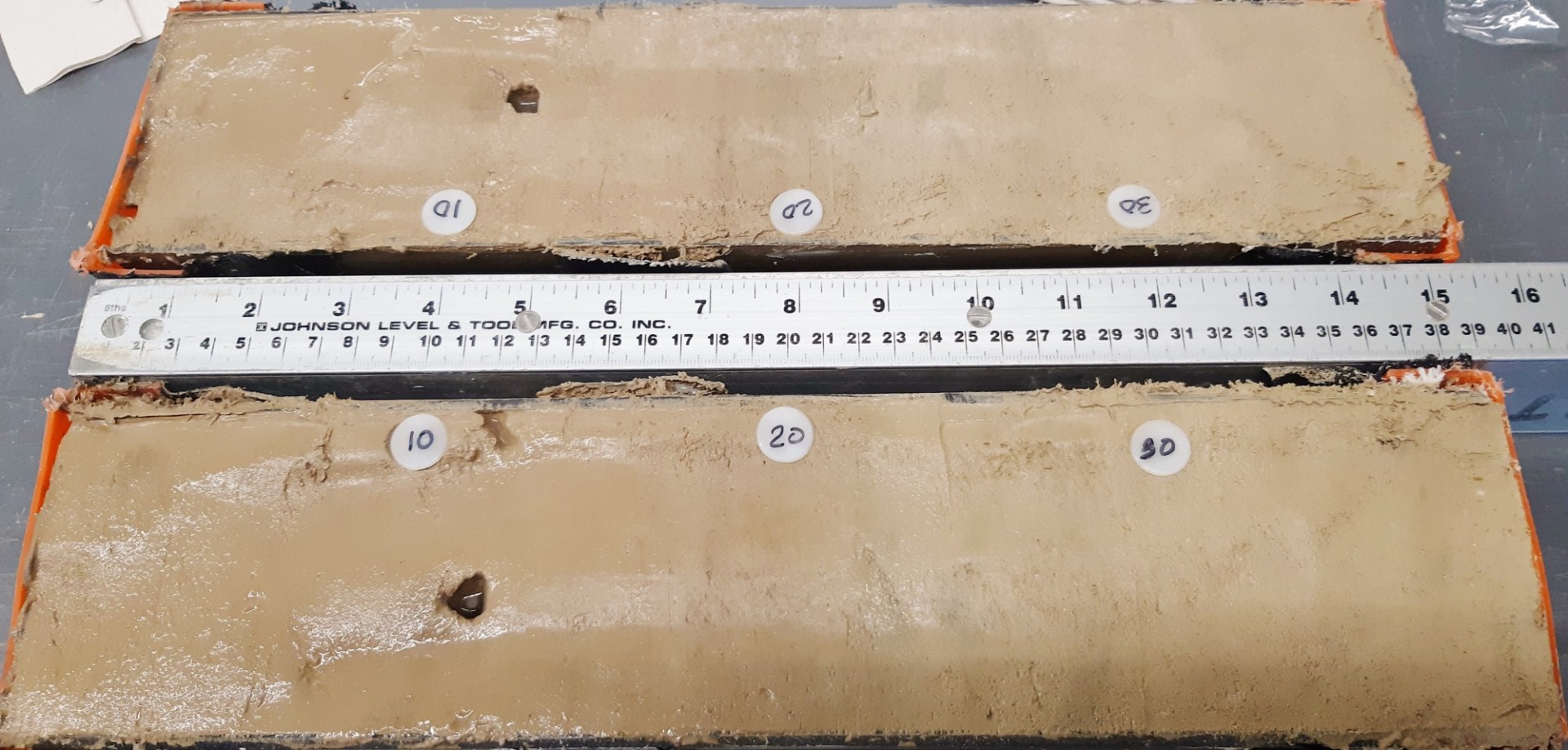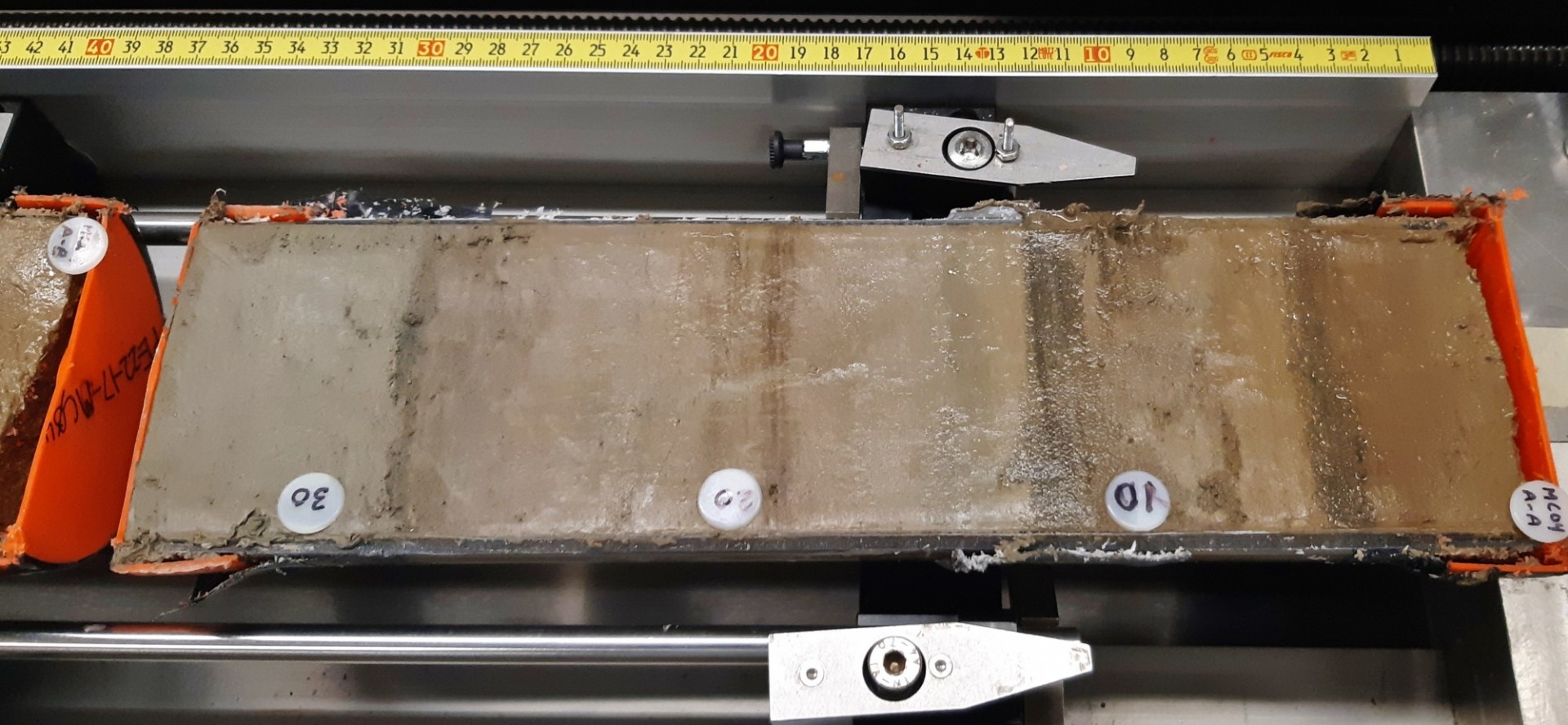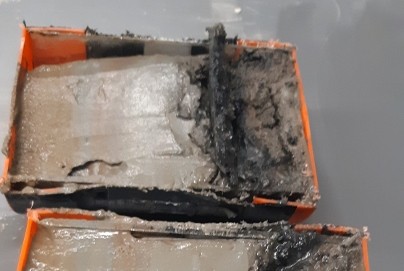In Other News...
January 2024 - The LDCR was featured in two recent articles discussing the role of marine geological repositories in climate science!
The Importance of Archiving the Seafloor, published in EOS, gives some fabulous insights into the working world of core repositories.
Mud libraries hold the story of the Earth’s climate past — and foretell its future, written by Byrd Pinkerton for VOX, digs into how and why we read these "books of Earth's history" (sediment cores).
Welcome Brendan Reilly as the new Director of the LDCR!
October 1, 2022 - Brendan received his PhD at Oregon State and comes to us from a Post-Doc
at Scripps (both sister Core Repositories!). He has worked extensively
with sediment cores using paleomagnetics, x-ray fluorescence and computed
tomography to better understand aspects of Earth's climate history.
Brendan's most recent work spans the globe with ice shelf histories off
NW Greenland and, separately, patterns of environmental changes in
the Southern Ocean. We look forward to working with Brendan and are
excited to start this new chapter for the LDCR!

Amino Acid Racemization Interlaboratory Comparison Samples added to the LDCR
April 14, 2022 - Interlaboratory Comparison Samples (ILC) used in the Amino Acid Racemization (AAR) community over the past 40 years have been added to the LDCR collection! The four ILCs were donated by John Wehmiller and are available for use by the community. For more information see the article, "Long-term preservation of amino acid racemization interlaboratory comparison samples".
R/V Pelican (cruise PE22-17) at the LDCR
Jan. 19, 2022 - A cruise aboard the R/V Pelican, headed by Cecilia McHugh and Leonardo Seeber, will bring new cores to the LDCR in early February. The purpose of the cruise is to, "...evaluate the potential earthquake hazard along the Enriquillo-Plantain Garden fault, located between Haiti and Jamaica."
From Cecilia, "All is well here. We started coring on January 9 and have collected so far 11 jumbo gravity cores and 5 multicores... If all goes well we'll collect another 10."
Looking forward to some fresh mud!
Feb. 11, 2022 - Splitting of the PE22-17 cores began yesterday with the multicores that were taken on the cruise. The sediment types, calcareous ooze and iron-rich mineral based sediments, are incredibly different depending on where they were taken along the fault!




